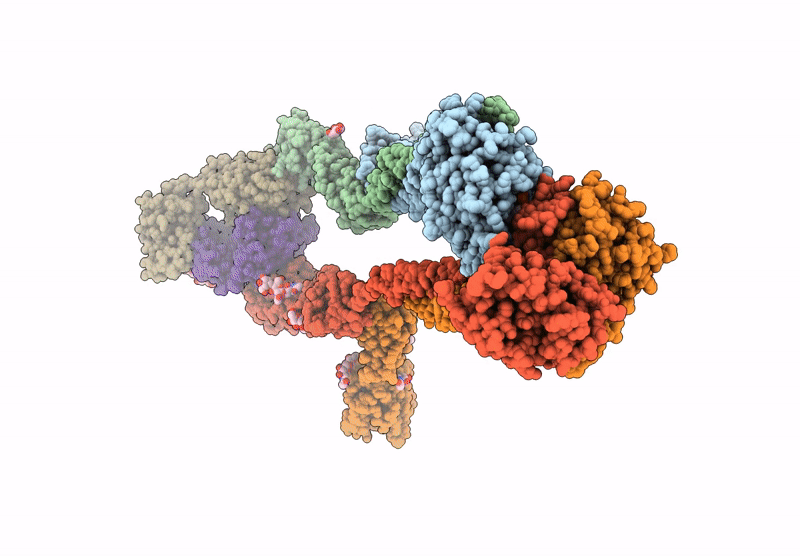
Deposition Date
2024-09-28
Release Date
2025-06-18
Last Version Date
2025-06-25
Entry Detail
PDB ID:
9JQR
Keywords:
Title:
Cryo-EM structure of the Vgamma9Vdelta2 TCR-engaged BTN3A1-BTN3A2-BTN2A1 complex
Biological Source:
Source Organism:
Homo sapiens (Taxon ID: 9606)
Host Organism:
Method Details:
Experimental Method:
Resolution:
3.00 Å
Aggregation State:
PARTICLE
Reconstruction Method:
SINGLE PARTICLE


